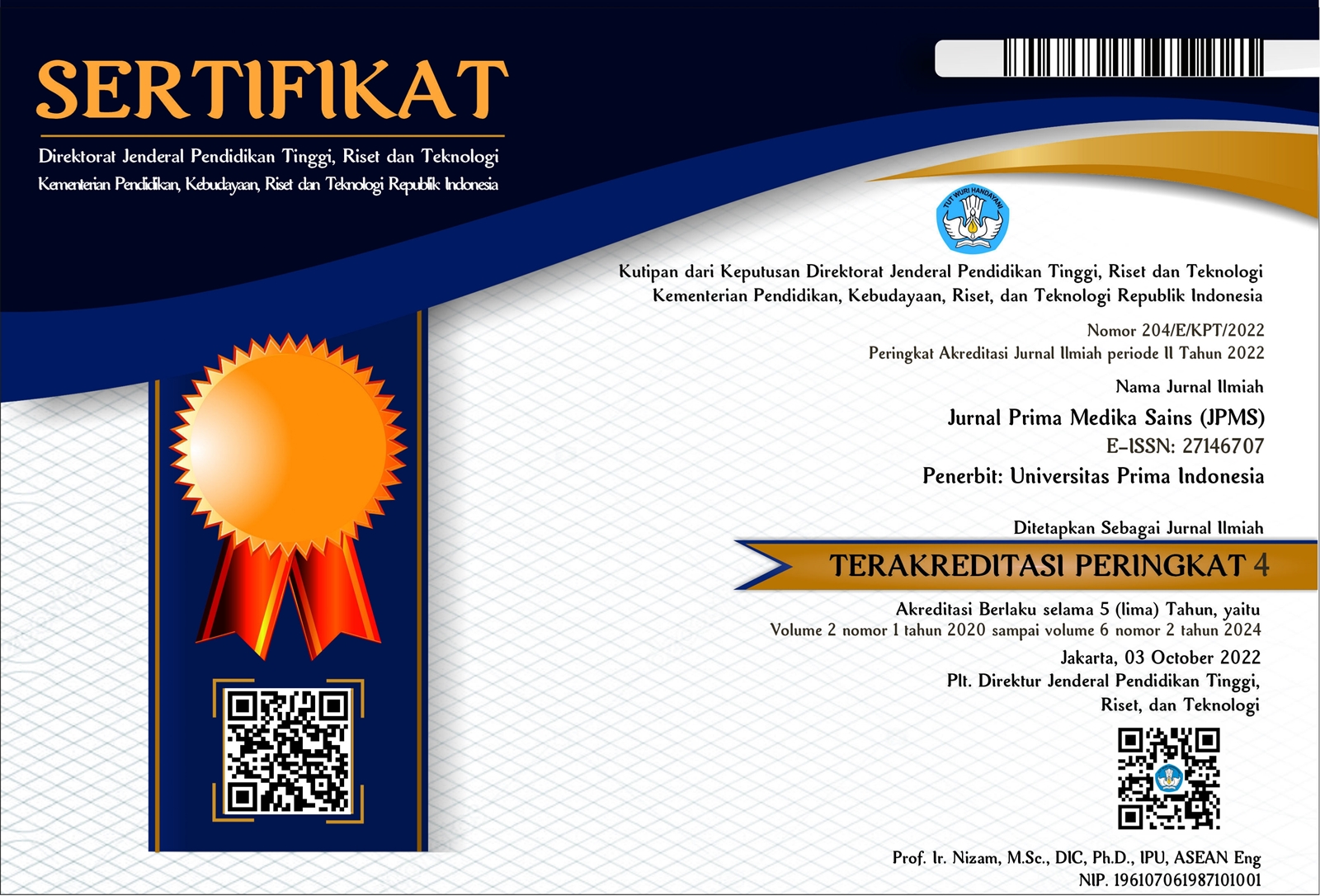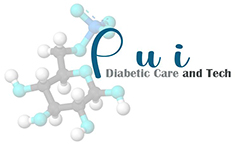Effectiveness of bay leaf extract in reducing malondialdehyde levels
DOI:
https://doi.org/10.34012/jpms.v5i2.4401Keywords:
bay leaf extract, oxidative stress, MDA, wistar ratAbstract
Excessive physical activity can lead to oxidative stress, resulting in elevated levels of free radicals in the human body. Oxidative stress is believed to be a precursor of various degenerative and chronic disorders, including arthritis, autoimmune diseases, cardiovascular diseases, neurodegenerative disorders, inflammatory diseases, and cancer. Malondialdehyde serves as a biomarker for oxidative stress and lipid peroxidation. Hence, the use of antioxidants is imperative to restore the balance in the body. The aim of this study was to investigate the effect of bay leaf administration on malondialdehyde levels in male Wistar rats. A pre-test–post-test design with a control group was employed in this study. Bay leaf extract was prepared using a maceration method with 70% ethanol. The rats were divided into four groups, including one control group and three treatment groups based on the dosage. Technical terms were explained when first used, and concise objective language was employed throughout the report. The study adhered to the conventional structure with standard citations and was free from grammatical, spelling, and punctuation errors. Blood samples were collected from the retro orbital plexus on days 1 (pretest) and 15 (posttest). Blood MDA levels were measured using the thiobarbituric acid reactive substances (TBARs) method, which involves reacting blood plasma with 20% TCA, 1% TBA, and 50% glacial acetic acid. To determine the significance of differences between the test groups, one-way ANOVA was used at a 95% confidence level (p < 0.05). Post Hoc Test with LSD technique was conducted for additional analysis or testing. Phytochemical test results indicated the presence of flavonoids, steroids, and tannins as secondary metabolites in the bay leaf extract. Administering bay leaf extract significantly lowered the MDA levels. The group receiving a 5 ml dose demonstrated greater effectiveness in reducing MDA levels in male white Wistar rats induced with excessive physical activity, based on average MDA levels.
Downloads
Published
How to Cite
Issue
Section
License
Copyright (c) 2023 Dwi Puspitasari, Tan Suyono, Linda Chiuman

This work is licensed under a Creative Commons Attribution 4.0 International License.






